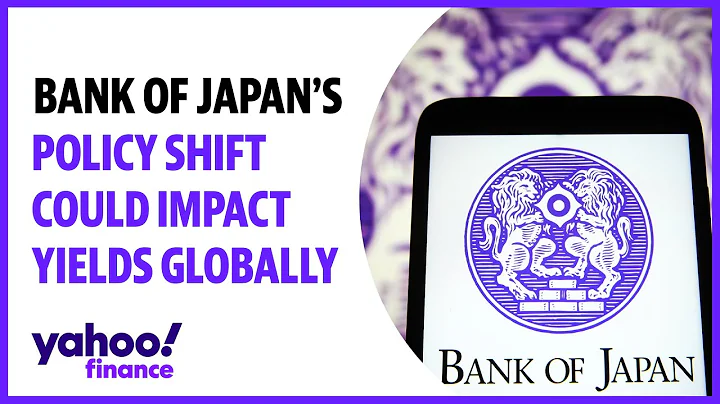Zhitong Finance APP learned that U.S. Treasury yields have surged recently, possibly due to the inflow of hedge funds related to mortgage-backed securities (MBS) and the cold shoulder of Japanese investors.
Morgan Stanley MBS strategists wrote in a report on September 24 that the climb in U.S. Treasury yields since last week's FOMC meeting "has brought the mortgage sector close to the peak of negative convexity." Investors typically sell Treasuries as a hedge against negative convexity to compensate for the extended duration of MBS when yields rise due to a slowdown in refinancing.
This is the same situation as in March, when Federal Reserve Chairman Jerome Powell's comments pushed the U.S. 10-year Treasury yield near 1.8%, close to 2021 peak levels. However, Treasury yields soon moved lower as Treasury buyers emerged and as the Fed's monthly purchases of MBS weakened the impact of convexity hedging.
Morgan Stanley expects the 10-year Treasury yield to rise to 1.8% by the end of the year, from Monday's high of about 1.51%. That's because a breakout of the 1.24% to 1.37% range "would encourage a maturity rebalancing of mortgage portfolios," strategist Matthew Hornbach wrote.

Morgan Stanley also noted that a decline in yields, especially those at commercial banks, )'s recovery comes amid a lack of appetite among Japanese investors to buy U.S. Treasuries, a reason to expect further selling. Strategists said the recent gains in Japanese stocks "reduce the incentive for Japan's banks to earn earnings and capital gains". Typically, Japanese investors buy when the U.S. Treasury market falls.
In addition, this week's U.S. Treasury auctions could provide an additional boost to yields. The market seemed to easily digest Monday's dual sale of two- and five-year notes, but afterward, the five-year yield hit 0.99%, its highest level since February last year. The week's auctions conclude with Tuesday's $62 billion sale of 7-year Treasury notes.





















